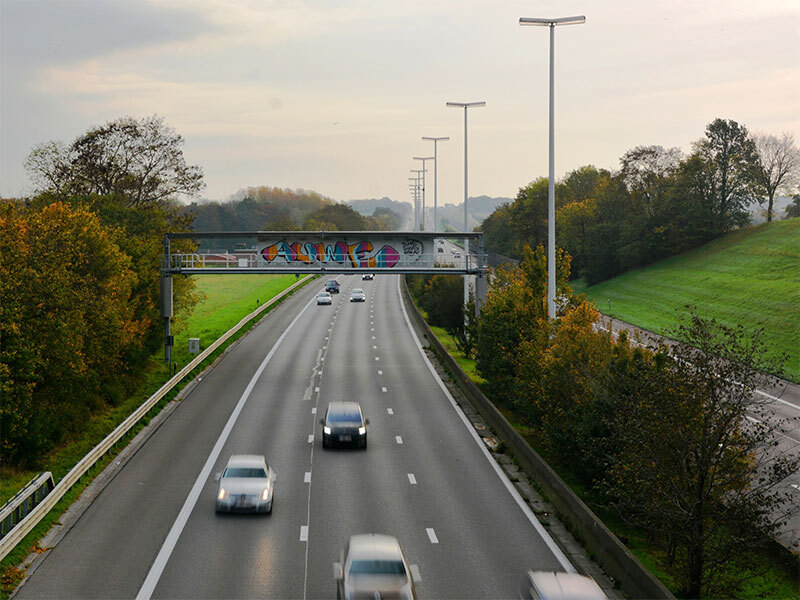Traffic indices
01.29 / 4.27 / 5.28
From 2002 to 2003
TML developed traffic indices in 2001 to make measurement data of the Belgian motorway network more accessible for analysis and reporting, in cooperation with the FPS Mobility and Transport. From 2002, these indices were implemented in the START/SITTER system, leading to reports on traffic data from 1999 to 2005.
The Federal Public Service Mobility and Transport collects traffic measurement data on Belgium's motorway network (Flemish Region, Walloon Region, and Brussels Capital Region). Traffic measurements are carried out by the Flemish and Walloon Regions and are made available to the Federal Government in real time. These traffic observations are collected and further processed in START/SITTER (System Trafic on Motorways Real Time/Système Intelligent Trafic en Temps Réel). Traffic data are mainly collected using single induction loops, which are installed on each lane individually as well as on several slip roads. In a limited number of places, the counts are done with cameras or (increasingly) with double induction loops.
To make the raw measurement data from START/SITTER more accessible for analysis and reporting, Transport & Mobility Leuven developed traffic indices in 2001. This theoretical basis was written down in two preparatory reports.
From 2002 onwards, the traffic indices were implemented in START/SITTER, in collaboration with Siemens, resulting in the reporting of traffic indices for 1999 - 2002. In a follow-up study, the methodology used was further validated and refined, resulting in the report with figures for 1999 - 2003.
Finally, a report with indices for 2002 - 2005 was delivered in 2008. The indices in this report are the result of a thoroughly modified methodology and therefore cannot simply be compared with the figures published earlier.
The Federal Public Service Mobility and Transport collects traffic measurement data on Belgium's motorway network (Flemish Region, Walloon Region, and Brussels Capital Region). Traffic measurements are carried out by the Flemish and Walloon Regions and are made available to the Federal Government in real time. These traffic observations are collected and further processed in START/SITTER (System Trafic on Motorways Real Time/Système Intelligent Trafic en Temps Réel). Traffic data are mainly collected using single induction loops, which are installed on each lane individually as well as on several slip roads. In a limited number of places, the counts are done with cameras or (increasingly) with double induction loops.
To make the raw measurement data from START/SITTER more accessible for analysis and reporting, Transport & Mobility Leuven developed traffic indices in 2001. This theoretical basis was written down in two preparatory reports.
From 2002 onwards, the traffic indices were implemented in START/SITTER, in collaboration with Siemens, resulting in the reporting of traffic indices for 1999 - 2002. In a follow-up study, the methodology used was further validated and refined, resulting in the report with figures for 1999 - 2003.
Finally, a report with indices for 2002 - 2005 was delivered in 2008. The indices in this report are the result of a thoroughly modified methodology and therefore cannot simply be compared with the figures published earlier.


